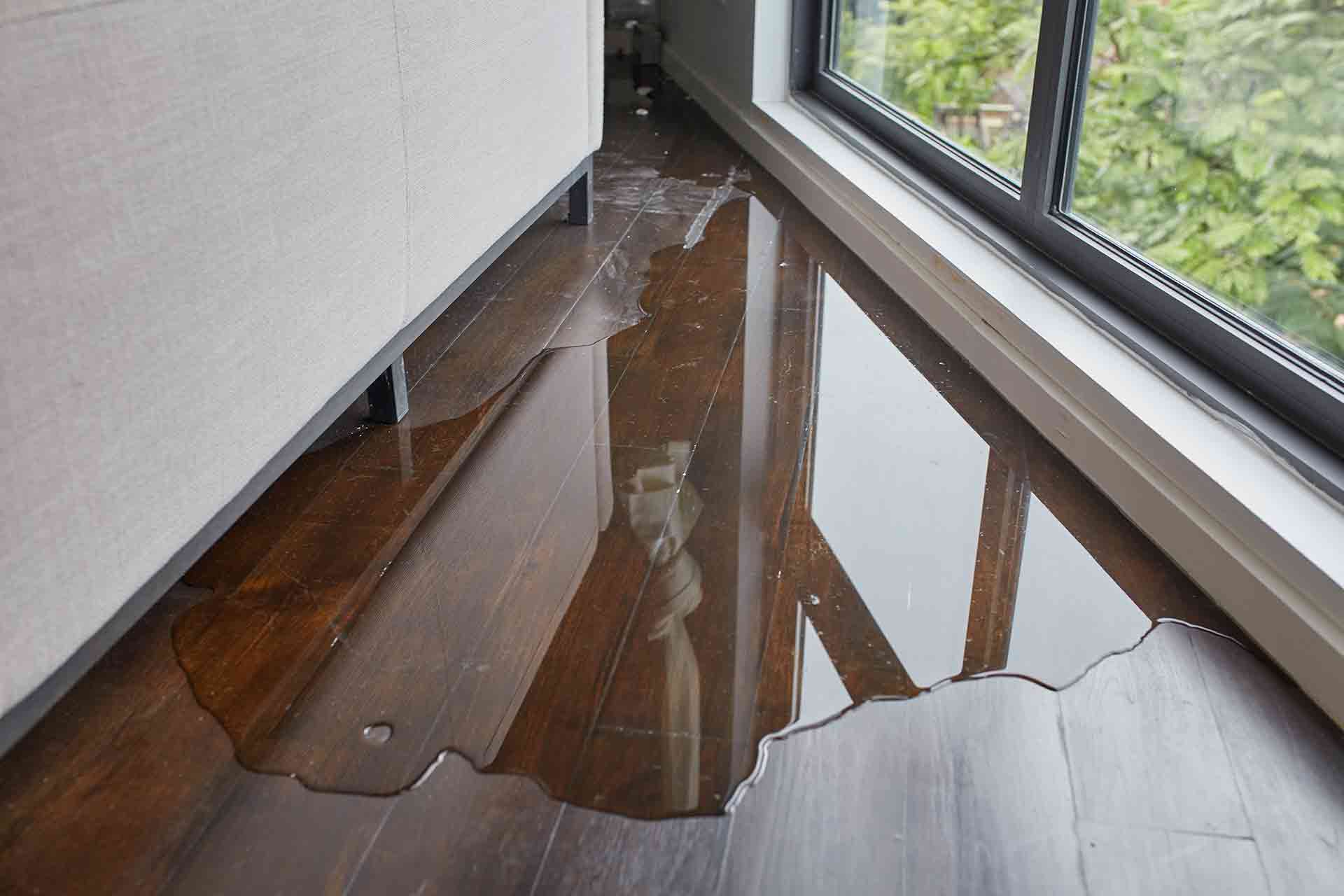Everybody may have their own perception with regards to Looking for Signs of Water Damage in the Bathroom.

The washroom is incredibly at risk for moist build-up and prospective water damages because of the constant use of water in it. This post offers basic inspection methods to aid discovering water damages hazards.
The regular use water in the bathroom makes it very at risk for moist build-up and also potential water damages. By evaluating it routinely, you can minimize water related damages.
The complying with collection of inspections is simple to execute and ought to be done when in every 3 months in order to keep your restroom healthy and also to prevent prospective water problems brought on by the bathtub, the shower, pipe joints as well as plumbing, sinks, cupboards, and also the toilet
Do not neglect performing these evaluations as well as be detailed while executing them. Keep in mind that these simple inspections can conserve you a lot of money by offering early indicators for water damages
Sinks and also Cabinets
Sinks and also cupboards are revealed to dampness and also moisture daily and are frequently neglected. Check on a regular basis under the sink as well as on the counter top over it. Fix any kind of drip in the catch as it might recommend drainpipe troubles. Check out the sink, sluggish draining pipelines might suggest an obstructed drain. Replace sink seals if they are split or loosened.
Tub as well as Shower
The shower as well as tub need special attention and maintenance. Check the tiles and also change if split. Make certain that there is no missing out on grout between the tiles. Inspect and change fractured caulking at joints where the wall surfaces satisfy the floor or the bathtub. Clogged drains and also pipelines issues will avoid the bathtub from drying out and also might suggest major problems under the bath tub. Talk to an expert instantly to stop architectural damage. Take note of discolorations or soft locations around the tub walls as they might show an interior leak.
Plumbing
Signs for water damages are difficult to discover because most pipelines are set up inside the walls.
Pay unique interest to flooring and also wall surfaces moisture and also spots as they may indicate an unnoticeable plumbing issue. Inspect moisture degrees in adjoining rooms too.
The Bathroom
The bathroom is a vulnerable water joint. Check the water lines and also search for leaks around the bathroom seat, in the hose pipe, and also under the water storage tank. If you detect any kind of indications of dampness on the floor around the toilet, look for leaks in the toilet edge and also storage tank seals.
Realize that hanging bathroom dish deodorants raises the possibilities for obstructions.
Water Damage Signs In The Bathroom To Avoid Cleanup
Musty smell
This is one of the easiest signs to catch because musty smells are so odorous. The damp, earthy, moldy smell should be a big red flag. The smell will develop when moisture gets trapped in surfaces, and begins to facilitate mold growth. Leaking pipes under cabinets, inside walls, and behind shower fixtures will cause moisture to stay trapped and not dry, which will lead to mold growth and spread. As soon as you notice any musty smells in your bathroom, have it checked for hidden water damage and cleanup signs.
Visible mold
If the smell isn’t there to give it away, sometimes you will actually see mold growth. Finding mold in your bathroom is a serious problem, because mold is very harmful to your health. By the time mold growth is visible, it also means that water damage has already occurred and been present for some time. The only way the mold problem can be resolved is to find the source of the moisture and get it stopped. To safely and adequately remove mold, you need to have professionals handle the remediation. Do not waste any time in getting mold problems addressed, fixed, and sanitized so that you can protect you and your family from the many respiratory symptoms caused by mold exposure.
Damaged floors
Bathroom floors should be able to withstand some exposure to water while still remaining in good condition. However, when excess exposure or water leaks occur, they will begin to damage even the most water-resistant flooring. If you notice any cracking, bubbling, staining, or warping on your bathroom floors, there is probably a water leak somewhere causing the distortion. If you notice areas of the floor have become softer, or even have a spongy feeling, there is probably damage to the subfloor. Subflooring is typically made up of plywood. When plywood is exposed to water or moisture, it will absorb it. Once it has become saturated, the weight of the excess water will cause the wood to swell and soften. Check the floors in your bathroom frequently to catch any of these sings before they lead to damaged subflooring.
Changes on walls
When water leaks behind walls, it will cause changes in the drywall. Peeling plaster, blistering paint, and soggy wallpaper are all good indicators that excess water is building up behind the wall. Water leaking behind drywall will cause it to swell and be soft to the tough. If you start to notice gaps along the trim of your walls, or where tile meets the wall, it could also be a strong indicator that there is a leak behind the wall. Any changes, distortion, or damage on the walls should be evaluated as soon as you notice it to prevent further water damage and cleanup.

I came across that piece about How to Prevent Bathroom Water Damage when doing a lookup on the web. Enjoyed our blog? Please share it. Let another person locate it. Thank you for going through it.
Schedule Your Service